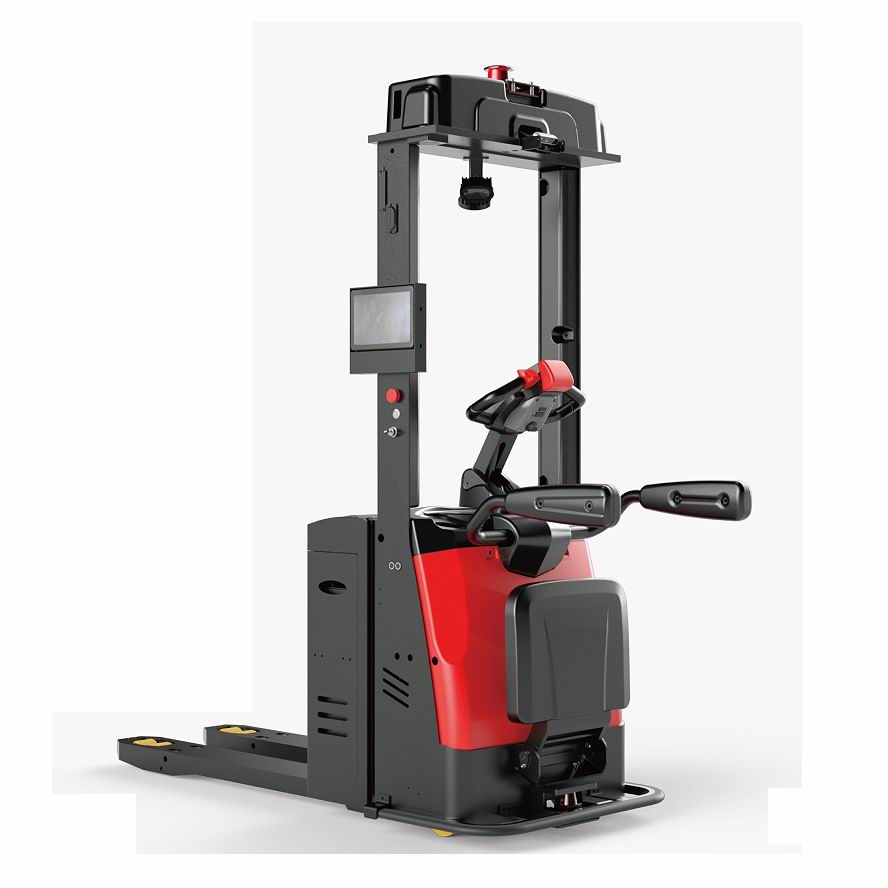The steel structure design of an LED large screen plays a crucial role in ensuring the stability and safety of the display. A well-designed structure not only meets functional requirements but also addresses critical safety concerns. Recently, there was an incident in Nanjing where a large LED screen was improperly placed at a rental location, raising serious questions about safety. Such situations could lead to injuries or even fatalities if not properly managed. Therefore, it is essential to ensure that LED displays are securely and safely installed. Here are some key considerations for designing a safe and effective steel structure for LED screens:
First, ease of installation and maintenance is vital. The structure should be designed with accessibility in mind, allowing for easy access to internal components, wiring, and maintenance areas. This ensures that future repairs or upgrades can be carried out efficiently without causing disruption.
Second, reliability is the foundation of any good design. The steel structure must be stable and capable of supporting the weight of the LED screen. It's recommended that the structural load capacity exceeds 20% of the screen's own weight to account for unexpected forces or environmental factors such as wind or vibration.
Third, structural integrity is key. In addition to the screen itself, the design must incorporate all necessary ancillary equipment, such as audio systems, ventilation fans, air conditioning units, and outdoor lightning protection. These elements must be carefully planned from the beginning to ensure both functionality and aesthetic appeal.
Fourth, flatness of the structure directly affects the visual quality of the LED display. A smooth, even surface ensures that the screen appears seamless once installed. To achieve this, the structural frame and mounting boxes must be precisely aligned and welded with attention to detail.
By focusing on these four key aspects—installation convenience, structural reliability, overall integrity, and surface flatness—you can significantly enhance the performance and safety of your LED large screen. Proper planning and execution from the design stage will not only improve the appearance but also extend the lifespan of the system, making it a safer and more efficient investment.
High Speed Heavy-duty Pallet Handling Forklift
High-speed heavy-duty pallet handling forklifts are classified based on various factors, including their load capacity, lifting height, mast type, and drive system. Understanding these classifications is crucial in selecting the right forklift for specific applications and ensuring optimal performance and efficiency.
Load Capacity:
High-speed heavy-duty forklifts are categorized based on their maximum load capacity, which is typically measured in tons. The load capacity determines the maximum weight of the pallet and its contents that the forklift can safely lift and transport. Higher load capacities are required for handling heavier materials and larger pallets.
Lifting Height:
The lifting height of a forklift refers to the maximum height it can reach when lifting a load. Forklifts with higher lifting heights are necessary for storing materials at elevated levels in warehouses or for loading and unloading containers.
Mast Type:
Forklifts can have different mast types, including:
Simplex Mast: A simplex mast has a single vertical column that can be raised and lowered.
Duplex Mast: A duplex mast has two vertical columns, allowing for greater lifting heights and stability.
Triplex Mast: A triplex mast has three vertical columns, providing even higher lifting capabilities and improved stability.
Drive System:
Forklifts can be powered by different drive systems. These forklifts are equipped with powerful engines, heavy-duty frames, and advanced hydraulic systems to handle demanding applications in warehouses, distribution centers, and manufacturing facilities. They are essential for industries that rely on efficient material handling, such as logistics, manufacturing, and retail.


Internal Combustion Engine (ICE): ICE forklifts are powered by diesel or gasoline engines and are suitable for outdoor applications and heavy-duty tasks.
Electric Forklifts: Electric forklifts are powered by batteries and are ideal for indoor applications where noise and emissions are a concern.
Other Considerations:
In addition to the above factors, other considerations when classifying high-speed heavy-duty pallet handling forklifts include:
Tire Type: Forklifts can have pneumatic, solid, or cushion tires, each with its own advantages and disadvantages.
Steering Type: Forklifts can have mechanical or hydraulic steering.
Safety Features: Safety features such as seat belts, alarms, and backup cameras are essential for operator safety.
By understanding these classifications and factors, you can select the most appropriate high-speed heavy-duty pallet handling forklift for your specific needs and ensure efficient and safe material handling operations.
allet handling, material handling, warehouse equipment
Jiangsu Xicang Intelligent Technology Co., Ltd. , https://www.xciwarehousing.com